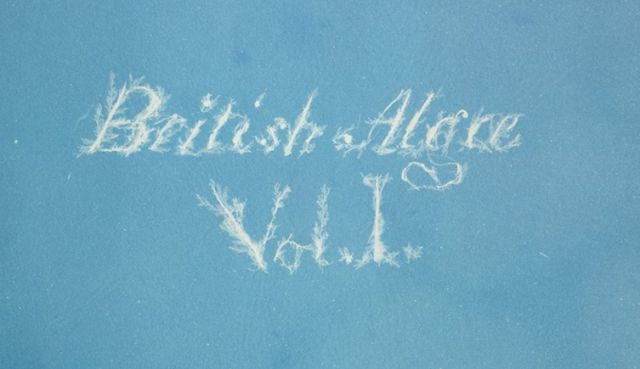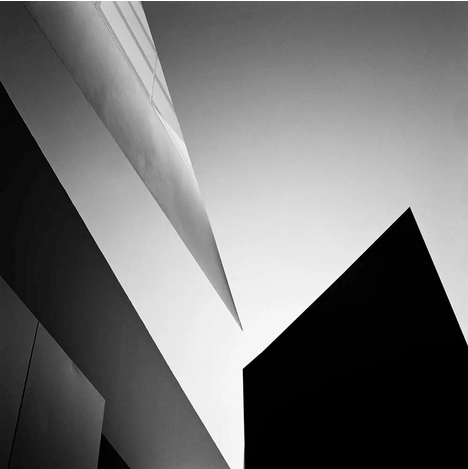#feministfriday episode 443 | the visions, the dreams
Good morning everyone,
What's the news. I can tell you what the Fem Fri news is, it's women photography innovators!
Here's Anna Atkins, the first person to illustrate a book with photographs. They were pictures of ferns, the name of them is cyanotypes for which you don't need a camera or a dark room:
Before the invention of photography, scientists relied on detailed descriptions and artistic illustrations or engravings to record the form and colour of botanical specimens. Anna's self-published her detailed and meticulous botanical images using the cyanotype photographic process in her 1843 book, Photographs of British Algae: Cyanotype Impressions.

https://www.nhm.ac.uk/discover/anna-atkins-cyanotypes-the-first-book-of-photographs.html
If you fancy making a cyanotype this weekend, you can do that too:
The cyanotype process can develop digital photographs into more extended outcomes. A digital image can be desaturated and ‘inverted’ to create a negative, which can then be printed onto acetate. Placing this negative onto a coated surface and exposing to UV light will result in an alternative image. The chemicals themselves can pool and leave additional marks, quite often creating haunting images of interiors.
https://theartyteacher.com/exploring-cyanotype/
Thank you to the friend and subscriber who alerted me to the architectural photography of Hélène Binet. Here's an interview:
“I photograph space. Or, better, I frame space. I try to figure out what space means for a blind person, namely many strong experiences: smell, touch, temperature, as well as all the more obvious things. Then I try to put all the ingredients together. “But when I think about a building, it’s about one thing, a fragment, that can then unfold in the brain as a whole experience.” Meaning what exactly? She continues: “[The American architect] John Hejduk used to say we are “digested” by architecture. We enter a building and we are changed. I am looking for the digestive enzyme! Is it the light, the colour, the size, the sense of peace? Making a building takes years of work. I want to know, what were the visions, the dreams of the architect when they first thought of making that place?”

https://www.royalacademy.org.uk/article/helene-binet-ra-magazine?sourceNumber=659358
We end with Lillian Virginia Mountweazel. She was entirely made up, and she gives her name - mountweazel - to copyright traps. Those made up things in reference books so you know when your stuff has been copied:
An even more elaborate fake appeared in 1975, when the New Columbia Encyclopedia included a long entry on the distinguished American fountain designer Lillian Virginia Mountweazel, who had achieved some fame with Flags Up!, a collection of photographs of rural American mailboxes. Ms. Mountweazel, alas, met a premature end, dying in an explosion while she was researching an article for Combustibles magazine. Although Mountweazel was nothing more than an inside joke among the encyclopedia’s authors, she is said to have appeared in other encyclopedias and biographical dictionaries—proof that other editors have pilfered from the New Columbia. The term mountweazel is now used to refer to these mischievous entries inserted in reference books.
https://www.laphamsquarterly.org/roundtable/ghost-words-and-mountweazels
Someone has made a whole website about her:
Love,
Alex.